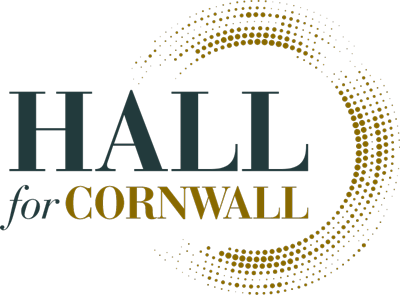
STORYPOINT 3: WEIGHTS AND MEASURES
View Storypoint Children’s Version Guide for Storypoint 3
Weights and Measures
Tin and copper had to be weighed and checked, with taxes paid before they could be legally sold. There were only four towns in Cornwall with the official right, granted by the crown, to oversee this process — the stannary towns of Helston, Launceston, Lostwithiel and Truro. These places also each had their parliament and stannary court — a place where the tinners’ scales of justice often tipped outside and despite the law of the rest of England.
As part of the charter granted by Queen Elizabeth in 1589, Truro was granted certain rights, including that of ‘weightage’. This gave the corporation the power to provide public weighing apparatus and make a charge for using them.
In 1806 there’s evidence in local historic papers that Truro owned two sets of public scales – one used in the market to weigh meat and another for weighing tin.

HFC:2019:77 A set of weights belonging to City Hall and dating to the early Nineteenth Century. Each weight bears multiple stamps which relate to the ruling monarch of the time. Image courtesy of Pip Hayler Photography
The King’s beam
Unrefined or ‘black’ tin was illegal – it had to be tested and verified to be sold. Twice a year, until 1858, Truro was one of the few places to have your metal approved.
The streets would have been extremely busy and vibrant during the three days of what was called the coinage, welcoming merchants, traders and ships’ captains from London, Flanders, Italy and beyond.
Imagine the mayor and corporation in full robes sitting in a roped area in front of the Coinagehall on Boscawen Street. Here they presented the city’s scales, known as the King’s beam, to an animated crowd. The stamping hammer and weights would be removed from a sealed bag and the whole apparatus examined by officials. They certainly knew how to do pomp and ceremony.
Each block of tin was brought out individually, weighed and the amount noted down alongside the name of its owner. The assay master would then chisel off a corner and verify the quality of the metal before the hammer was used to mark the block with the Duchy Arms, signifying that, once dues were paid, it could be sold and shipped across the world.

A 19th Century carrying case was used to store weights belonging to City Hall and the city of Truro.
Eternal treasure
Weights and measures were also important in Truro as a centre of trade. The market moved here when City Hall was built in 1847. Accurate measurement was vital.
The market stone, which is set prominently in the current building above our Storypoint, carries an important message, some might say a warning:
“Who seeks to find eternal treasure
Must use no guile in weights and measure”
This wise old stone is an important relic, gracing two previous market houses before it was moved to its present spot. Commissioned by Mayor Jenkin Daniell in 1615, it acts as a granite sentinel reminding traders across the city of the importance of fairness. Daniell was a draper by trade, so would have understood as well as anybody the importance of the words carved here.
Having the court and cells in City Hall for a period must have somewhat focused the mind on the potential penalties, although in June 1854 the West Briton reported that “Many complaints have been made by the inhabitants of Truro against butchers and others in the market for using short weights and measures.”
Following an inspection of scales, two butchers were summoned, found guilty and fined for issuing short measures and a further six traders warned against such nefarious practices!

HFC:2019:83 A set of gallon measures bearing Truro’s coat of arms. Photography courtesy of Pip Hayler Photography.


